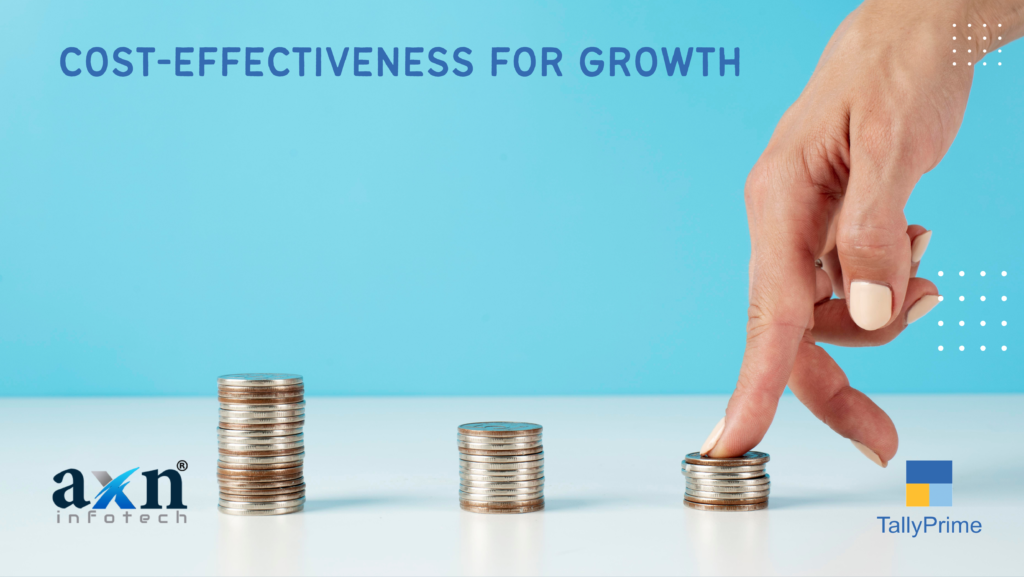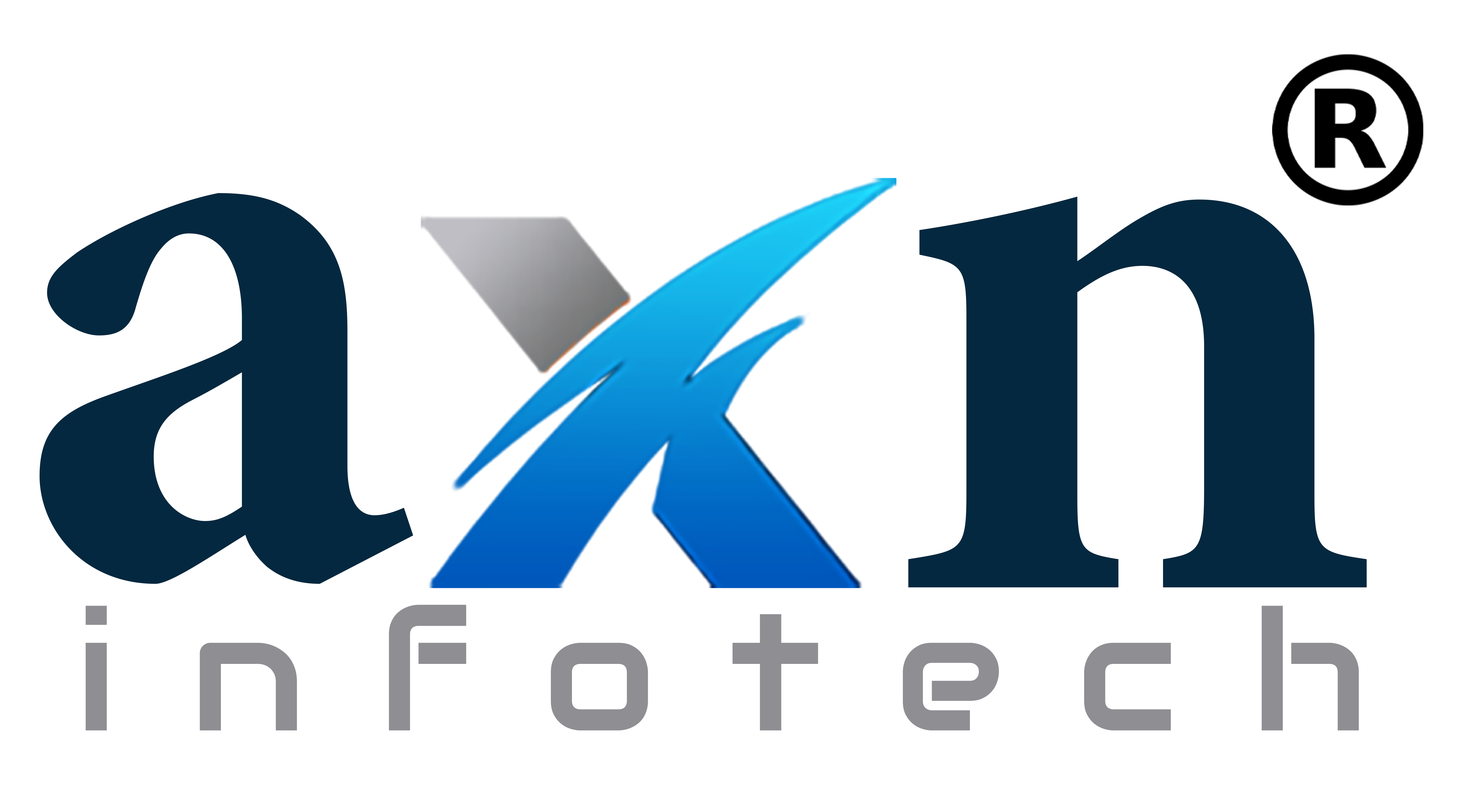
What is cost-effectiveness?
When a transaction gives the greatest benefit at a comparatively low price is known as cost-effective. In simple words, good results with less investment or not costing a lot of money.
“Cost-effective, attractive to business partners, environmentally friendly, easy access to a wide range of guidance and support – it makes good business sense to implement and maintain a robust and effective environmental management system” – Elliot Morley
Analyzing the cost-effectiveness using Tally:
Cost is the primary element of business success. There are several elements that determine the cost of the products (direct and indirect cost) and it is very important to use the cash effectively to reduce the cost.
- Cost Centre: Department indirectly needs for the growth of the organization like accounting, and human resources. It monitors and controls budgeting to increase profits, assigns work tasks for the lower level, and troubleshoots to improve or increase performance.
- Cost Category: Balance budgeting of the revenue and non-revenue department is effectively done using the cost category.
- Cost tracking: Each stage of the business process tracking is required for the control over the budget and production process as it is going as planned through a continuous communication process.
- Job costing: The cost of individual projects and jobs is known as job costing. It keeps track of the performance of the team or individuals in the project based on cost-control, efficiency, and productivity.
The above will be able to analyze the expenses made for the production in terms of material purchases, manpower, energy use, and other hidden expenses, this will help to boost your production-wise profit. Product produced will be sold in multiple places or branches and some hidden expenses for the promotion (Marketing, advertisement…) this branch wise sales report will give a clear idea of potential branches contributing to the business growth in terms of profit.
The benefit of using Cost-effectiveness:
- Cost-effectiveness gives a clear idea of indirect expenses necessary for the business growth and expenses to be avoided to reduce the production cost.
- Cost-effectiveness helps to identify or redirect the resources which give more productivity with less investment.
- Cost-effectiveness helps us to understand the costing price differences, as the product cost varies from place to place and country to country depending on currency and trade policies.
- Cost-effectiveness analysis is also used for making comparable units for measuring costs.
- Cost-effectiveness helps to track or identify the wasteful spending in the business, as well as to be tracked in the budget.
- Cost-effectiveness analysis helps identify neglected opportunities by highlighting interventions that are relatively inexpensive, yet have the potential to reduce the production cost.

